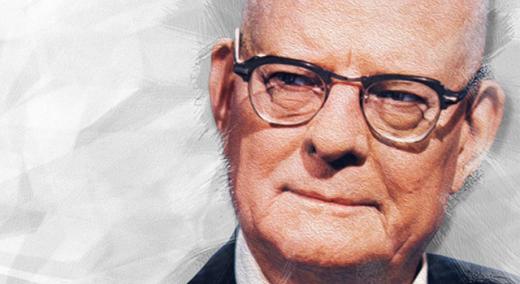As some of you already know, I was in Ford Motor Co.’s corporate quality office during the early 1980s when, just after “If Japan Can, Why Can’t We” aired on NBC, we pleaded with W. Edwards Deming to help us out of a very bad place. One of the things I most remember about those times was that he just told us to follow the 14 points... “what top management must do to improve productivity.” Quality, Productivity, and Competitive Position, by W. Edwards Deming (Massachusetts Institute of Technology, first edition, 1982).
|
ADVERTISEMENT |
Some of those points seemed obvious, some seemed impossible, and some we just couldn’t understand. After struggling to get people like those of us at Ford to realize what he was talking about, he sensed he needed to share his, at that time, revolutionary worldview to help us gain clarity.
…

Comments
PDSA
A while back, I was inroduced to a different take on PDSA, the OODA Loop, Observe, Orient, Decide, Act. The genesis of the OODA Loop is found in the Korean War, codified by a USAF fighter pilot. In the business world: Observe - Gather your data, Orient - Determine how the situation fits within the organiztion ecosystem, Decide - Plot your actions, Act - Do it! But, as in a dogfight, these steps are all occuring as one ongoing feedback function. In any environment, for every action there is a reaction. Unfortunately, unlike physics there is no constraint as to magnitude or direction and, hence, may be quite unexpected. Using a continuous process of small, finite steps, with contiuous feedback appears to me to make the OODA Loop more efficient to reach the desired outcome, while minimizing the unforseen reactions.
Add new comment